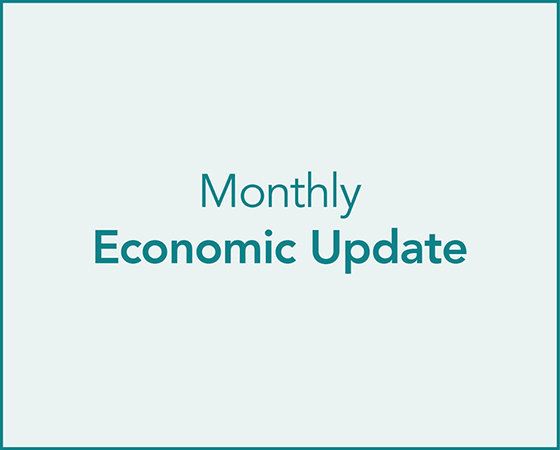Soundbite.
After a solid 3.1% annualized growth rate in the 3rd quarter, US economic growth-as measured by GDP-grew at a 2.3% annualized pace in the 4th quarter. Consumer spending remained the engine of growth while business and government spending slowed. On a year-over-year basis, GDP grew 2.5% compared to a 2.7% pace in the 3rd quarter. This is the first estimate of 4th quarter growth with two revisions to come over the next two months.
Consumer spending.
- Consumers remained the engine of growth as consumer spending was the only category where the pace of growth increased in the 4th quarter compared to the 3rd quarter.
-
Consumer spending increased at a 4.2% annualized pace compared to 3.7% in the 3rd quarter.
-
Consumer spending accounted for 69% of total GDP.
-
Spending on services accounted for 46% of total GDP while spending on goods accounted for 23%.
-
-
Business spending.
- After growing 0.8% in the 3rd quarter, business spending fell at a 5.6% annualized rate in the 4th quarter.
-
A 7.8% decline in equipment spending was the driver for the decline in spending.
-
Business spending accounted for 18% of total GDP.
-
Net exports.
- Net exports subtracted 4% from GDP.
-
Exports accounted for 11% of total GDP but imports subtracted 15% for a net subtraction of 4%.
-
Government spending.
- Government spending slowed from a 5.1% annualized rate in the 3rd quarter to a 2.5% pace in the 4th quarter.
-
Government spending made up 17% of total GDP.
-
Federal Government spending made up 7% of total GDP while State and Local Government spending made up 10%.
-
-
Conclusions.
- Even though the pace of growth slowed compared to 2nd and 3rd quarter growth, the economy still finished the year on solid footing.
-
The 2.5% year-over-year growth compares to an average growth rate of 2.4% during the last economic expansion (2010-2019).
-
-
We will have to wait to see what type of revisions occur over the next two months before we will know what the final growth was for 2024.
-
Ending with 2.3% growth for the quarter and 2.5% for the full year provides a solid base to start 2025.

Steve is the Economist for Washington Trust Bank and holds a Chartered Financial Analyst® designation with over 40 years of economic and financial markets experience.
Throughout the Pacific Northwest, Steve is a well-known speaker on the economic conditions and the world financial markets. He also actively participates on committees within the bank to help design strategies and policies related to bank-owned investments.




